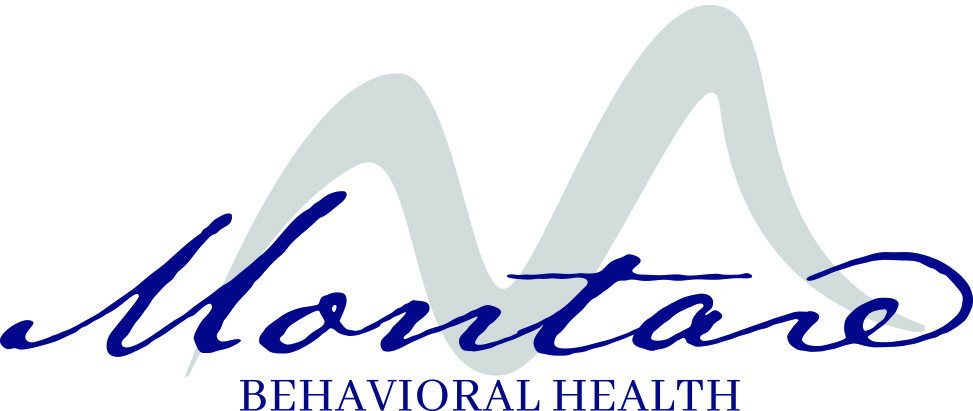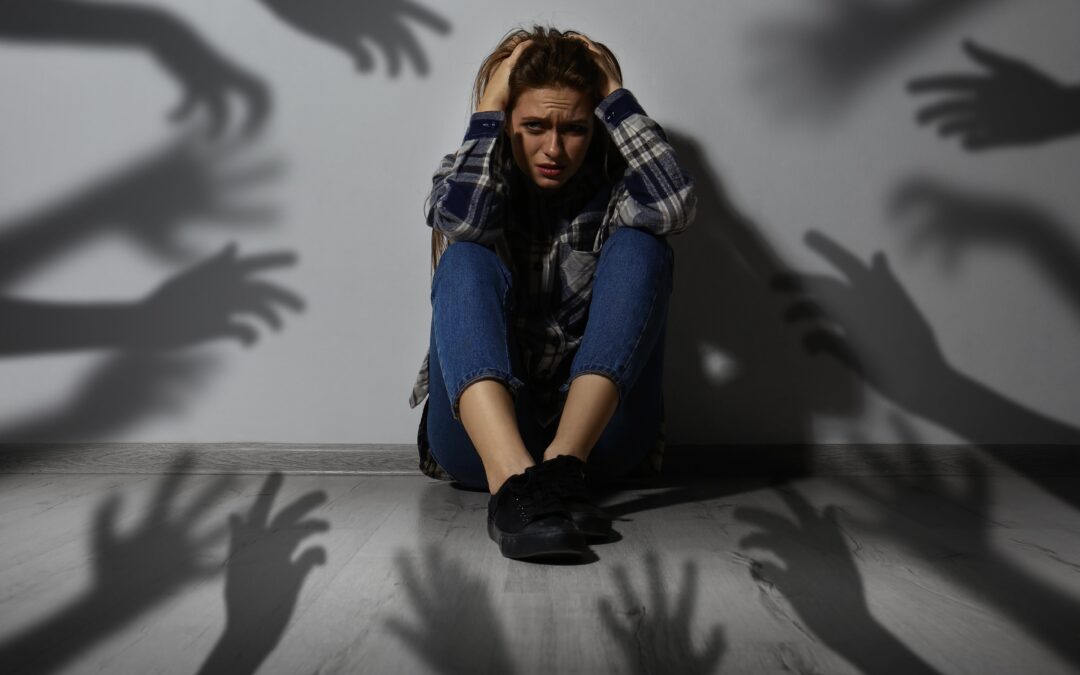Hallucinations are distressing experiences that can undermine a person’s ability to accurately perceive their environment, effectively interact with others, and otherwise engage in a full and satisfying life.
What are Hallucinations?
Hallucinations are sensory perceptions that do not originate from actual sources.
There are five types of hallucinations: Visual, auditory, tactile, olfactory, and gustatory. People who hallucinate may see, hear, feel, smell, or taste things that have no basis in reality.
Visual and auditory are the two most common types of hallucinations, but people can (and do) have all five.
Different Types of Hallucinations
Here are brief descriptions of the five types of hallucination:
- Visual: Visual hallucinations involve seeing things that don’t exist. Some people who have visual hallucinations may see light patterns or think they can “see” music. Others may envision people or objects. Visual hallucinations are often associated with LSD and other psychedelic drugs, but (as we will discuss in greater detail in the next section) they can also have other causes.
- Auditory: People who have auditory hallucinations will hear things that are not emanating from any actual external source. This can include music, voices, or indecipherable sounds. Sometimes, the person who has the auditory hallucination believes the sound is coming from inside their own head – but even in these cases, they feel like they are neither creating nor in control of the sound.
- Tactile: Tactile hallucinations refer to the sense of touch. These types of hallucinations are also sometimes referred to as formication. An example of an unfortunate but common tactile hallucination is having the sensation that bugs are crawling over (or beneath) one’s skin. Another example of a tactile hallucination is the feeling that something is inside a person and is attempting to get out.
- Olfactory: This type of hallucination is connected with the sense of smell. Olfactory hallucinations, which are sometimes referred to as phantosmia (or phantom smell), may involve both foul and pleasant odors. According to a September 2022 article in the journal Frontiers in Psychiatry, more than 50% of people who have olfactory hallucinations also experience auditory, visual, or tactile hallucinations.
- Gustatory: Gustatory hallucinations, which are sometimes also called spontaneous dysgeusia, involve the sense of taste. This type of hallucination can include distorted taste (such as eating one thing but having it taste like something else) or having a taste sensation without having anything in your mouth. Often, gustatory hallucinations involve bitter, salty, or metallic tastes.
What Causes Hallucinations?
Hallucinations can occur for a variety of reasons. In this section, we’ll discuss three possible causes: substances, mental health disorders, and neurological or medical concerns.
As we mentioned in the previous section, substance abuse is one common cause of visual hallucinations. Depending on which type of drug a person has taken, they may also experience other types of hallucinations as well. LSD is the drug that is perhaps most closely associated with hallucinations, but it is by no means the only substance that can cause these effects.
Other drugs that have been associated with hallucinations include ketamine, MDMA (molly or ecstasy), mescaline, and psilocybin. People who abuse amphetamine, methamphetamine, or cocaine may also be at risk for hallucinations.
Certain substances can also cause hallucinations when a person stops taking them. For example, people who develop delirium tremens, which can occur during withdrawal when the individual has a severe case of alcohol addiction, may experience auditory, visual, and tactile hallucinations. Opioid withdrawal can also sometimes trigger psychotic symptoms, which may include hallucinations.
In addition to substance abuse and withdrawal, one of the most common causes of hallucinations is mental illness. Hallucinations have been associated with several mental health disorders, including:
- Schizophrenia
- Schizoaffective disorder
- Borderline personality disorder
- Bipolar disorder
- Posttraumatic stress disorder (PTSD)
Of the five disorders listed above, hallucinations are most common among people who have schizophrenia or schizoaffective disorder. However, the other conditions can also cause people to hallucinate.
It is important to remember that many people who struggle with these and other mental health disorders also engage in substance abuse. The combination of mental illness and drug abuse can increase a person’s risk for hallucinations.
Turning our attention toward neurological or medical concerns, the following have been linked with an elevated risk for various types of hallucinations:
- Alzheimer’s disease
- Parkinson’s disease
- Epilepsy
- Narcolepsy
- Brain cancer
- HIV/AIDS
- Kidney or liver failure
- Certain infections
- Dangerously high body temperature
- Intense pain
 How to Stop Hallucinations
How to Stop Hallucinations
Hallucinations are not disorders. They are symptoms. Thus, to stop hallucinations, you need to find appropriate treatment for whatever condition or experience is causing them.
If the hallucinations are symptomatic of schizophrenia, schizoaffective disorder, or another mental health concern, then enrolling in a residential or outpatient mental health program may be the best step. Depending on which disorder a person has, mental health treatment to stop hallucinations may involve both medication and therapy.
The following are examples of antipsychotic medications that may help to alleviate hallucinations:
- Risperidone
- Olanzapine
- Aripiprazole
- Clozapine
- Ziprasidone
- Haloperidol
- Amisulpride
The therapeutic part of treatment can help the individual differentiate between what is real and what is not. Therapy may also be able to help people respond to hallucinations in a healthier manner.
Cognitive behavioral therapy (CBT) is widely recognized as one of the premier therapeutic interventions for people who have been experiencing hallucinations. Acceptance and commitment therapy (ACT), mindfulness training, and certain neurostimulation techniques may also be beneficial.
Find Treatment for Hallucinations at Montare at the Valley
If you have been experiencing hallucinations due to a mental health disorder, Montare at the Valley is here to help. We offer personalized care for adults whose lives have been disrupted by bipolar disorder, schizophrenia, and a host of additional mental health concerns. Our center is a safe and welcoming place where you can receive customized care from a team of dedicated professionals. To learn more or to schedule a free assessment, please visit our Contact Us page or call us today.


Recent Comments